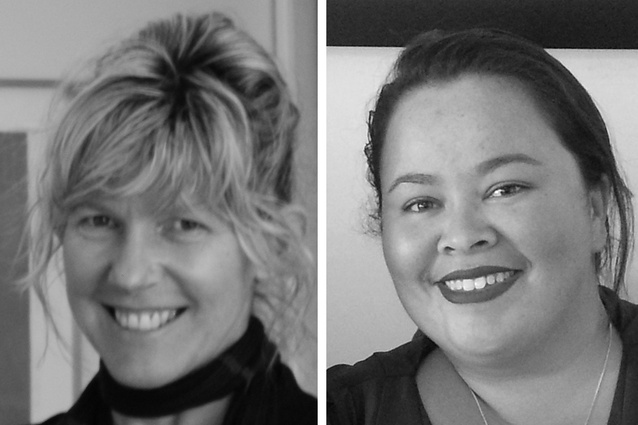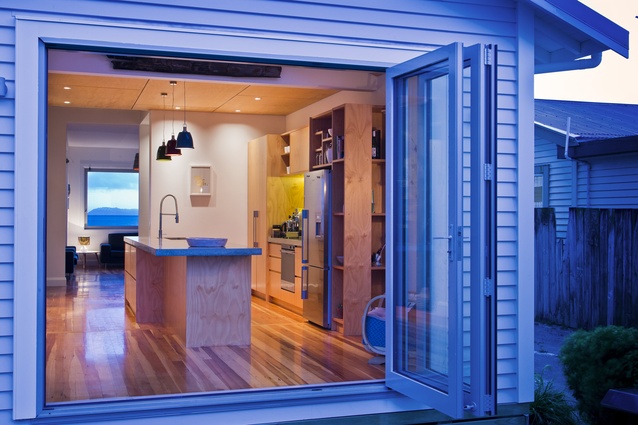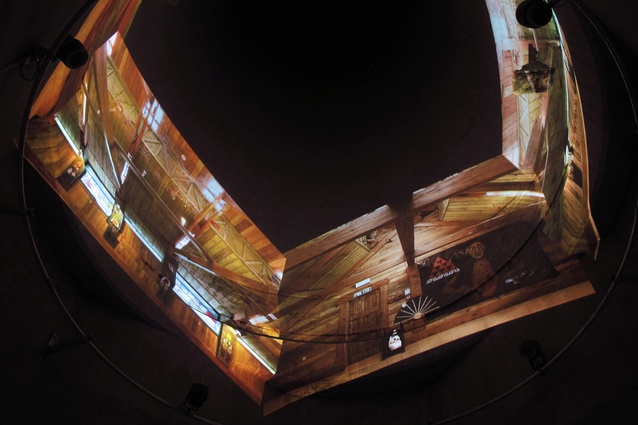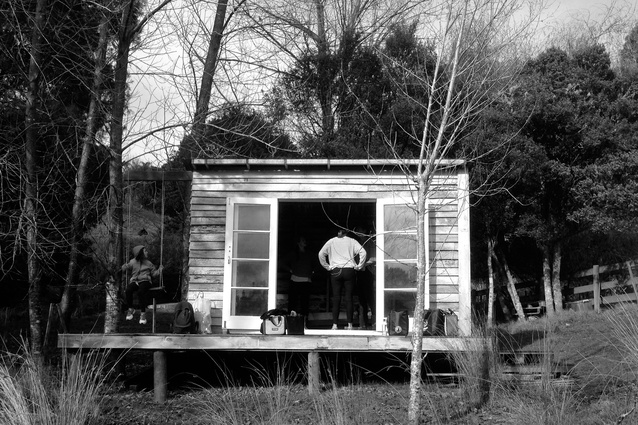Women in architecture #2
The second in a series of two, ArchitectureNow talks to architect Judi Keith-Brown and architectural graduate Elisapeta Heta about working in New Zealand. Judi Keith-Brown is a registered architect working as a sole practitioner in Wellington. Elisapeta Heta is an architectural graduate who currently works for Jasmax in Auckland. She is part of the Jasmax Maori Advisory Board and is also heavily involved with Architecture+Women•NZ.
Here, they discuss working as a female architect in New Zealand, and how challenges such as pay inequity and lack of senior representation could be tackled.
Amelia Melbourne-Hayward: What has been your experience of pay equity between women and men in architecture? Do you see this as a problem and, if so, what steps do you think we can take to improve the situation?
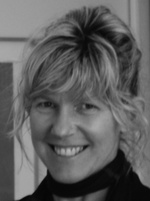
JKB: I have worked in a lot of different places, and have never been lower paid in private practice or while working at the university; both have been fair and reasonable. In Scotland I was an associate at a firm and getting paid the same as other associates – we had two males and one other female. I am a sole practitioner now, I share offices with another architect, an interior designer, two urban designers and a recent graduate.
I don’t think that the problem with pay is so much about the differences between males and females, I think it is a bigger problem than that. I don’t think architects charge enough compared to other professionals. A lot of my time on projects at the initial stage is spent explaining to clients what we do. The problem really is pay equity between professions.
I used to teach at Victoria University as a lecturer in design for eight years, so I have seen a lot of female graduates come through. From what I hear from ex-students, women are finding it hard to get back into a decent pay rate after taking time out to have kids. It is difficult going back to the workplace after a break, it takes a while to catch up and the pay rate reflects that. A lot can change in five years.

EH: For a number of reasons, there is an undeniable imbalance between women and men in relation to pay equity; where, for example, there is existing statistical and anecdotal evidence which suggests women are not as prepared to go into negotiations, to ask for as much money as their male counterparts. I can empathise with that. It’s hard.
I think a major part of this is how little transparency there is around who’s earning what. At some point there needs to be a discussion, or education, on how to negotiate a pay rise; I’ve seen this in other contemporaries’ experiences also. For whatever reason, we’re often not as prepared to put ourselves forward as our male contemporaries.
As a graduate, I think we’re slightly more fearful to be asking those questions and we tend to hope that we are at the same level as other graduates, but often find out after a few years that that’s not the case.
AMH: There are few females in senior management roles in medium-to-large architecture firms in New Zealand. Do you anticipate this changing?
JKB: Yes, I think it will change. Professionally a lot is changing at the moment – people are specializing more. More medium and bigger practices have specialists in areas such as urban design, project management or heritage, which makes it easier for women to get further up, as they can focus on a more refined and defined role within the architectural profession.
There are more role models of women architects doing well, which is encouraging more women to join the profession. The Architecture+Women•NZ (A+W•NZ) movement is fantastic in supporting women, it means women are better networked and can easier gain access to information.

EH: Yes, I have to change it myself! The involvement I’ve had with A+W•NZ means I’m probably more aware than most female and male graduates about the systems within the profession. I think that being proactive and open will hopefully change the situation, and I can see the impact that A+W•NZ is making on the architectural community already. I see more women talking at events, on judging panels, etc. Incremental change is happening.
Through being a tutor at the University of Auckland until last year, I’ve had a lot of feedback from female students around visibility/invisibility of females in senior roles. Up-and-coming female architects are much more aware than even five years ago; they are asking ‘where are the women and the minorities – where’s the representation?’
AMH: Are women architects more reluctant than their male counterparts to actively promote themselves and their work? If so, why do you think this is and how can women be empowered to ‘put themselves out there’?
JKB: Within the female contemporaries that I know, there is definitely reluctance to put themselves out there and to enter awards, etc. There are a lot of architects who don’t think awards are the best way to go but they are still there doing great work, they are just not interested in promoting themselves that way. They focus on architecture that is timeless and that is about elegance and comfort rather than something that will be out of fashion in a few years. This applies to both male and female architects.
EH: The aim of A+W•NZ is to actively support our membership to be more visible and included. This means we set out to create situations that support the industry, with an aim to create an inclusive forum which is mindful of those who are invisible or not actively included. We achieve this through events, awards, research, publications, and policy.

We, as an organisation, try to set the standard and be role models, so others think they can be empowered too. I personally set out to lead by example as much as I can, too; within my fellow graduates, and my students. To me, any productive working environment is all about being generous and supportive.
AMH: In an industry where a high percentage of clients are men (property developers, etc), does this affect the business environment and culture, as well as opportunities for women?
JKB: I’ve never dealt with a property developer; I have deliberately chosen not to work on the commercial/large scale projects. As an architect you need to be true to yourself and be selective as to who you want to work with. The architect/client fit is essential to a good project. I would say that I have an even mix of female and male clients.
EH: We see a mix of clientele here at Jasmax, and this definitely influences the business environment and culture. In the schools team, that I am a part of, we’ve got Board of Trustees, Principals, Ministry of Education reps etc, and this mix is more even than you might think. A lot of literature that you see written about this now talks about the fact that project teams need to better reflect the reality of the mixture of clients, or really just the real world.
AMH: The statistics show that more females than males are studying architecture at The University of Auckland today, do you think this will eventually translate to more women in senior roles in architectural practice?
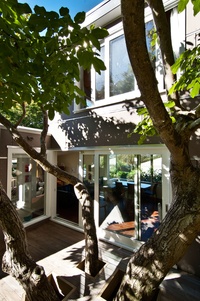
JKB: If female students want senior roles then I think yes. But people are more careful about what they want today and make more lifestyle-based choices. Again, specialisation comes into play, where you can work in a more defined role. I think the idea of a generalist is perhaps out dated.
It would be interesting to know how many students are from overseas, or will be heading overseas when they finish their study. When I was lecturing at Victoria University from 2000–2009 there were equal numbers of women and men. In 1981 when I was at Architecture School, also at Victoria University, there were 10 females and 20 males – and out of those 10 most of us are working in the profession, one of them sits across the desk from me, which is just fantastic!
EH: Statistics are a numbers game, so I’d like to say yes! At Jasmax we have a lot of architectural graduates that are women – around 55 per cent! I view the tipping point at around 10 to 15 years in in practice. It’s not just about ‘women leaving to have babies’, there are many more factors, one of which is more conversation and transparency around work hours and flexibility. Workstyles are changing across many professional practice industries, and if architecture and design changes with it, then I feel as though this will address some of these figures.
I hope that as more female graduates come through the profession, then more will end up in senior positions – but if the systems don’t change, numbers won’t greatly change. From the perspective of A+W•NZ these are incremental, albeit slow, changes, but we won’t know the full extent for several years yet.
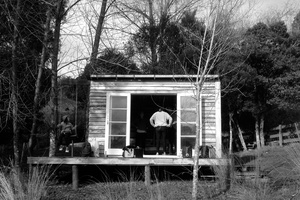
The proportion of Māori or Pacific Island women in the industry is also a talking point here. As a student I looked at the architecture profession I was walking into and thought “hmm… no one here looks like me or my family”, and that’s really talking about class and ethnicity in an open and supportive space. I didn’t know how to have those conversations as a student.
Since then I’ve had students tell me that they feel more confident going into the architecture profession knowing they have others, like me and like them that represent them – that’s empowering! The graduates are pushing for a greater demand for cultural understanding, and we now have more of a critical mass of younger Maori and Pacific Island graduates coming through. So, what I feel like this means is that we are able to support this change of a greater diversity across the industry and a higher visibility of women in leadership positions.
The first Women in Architecture article featuring Lynda Simmons and Vanessa Carswell can be found here.

